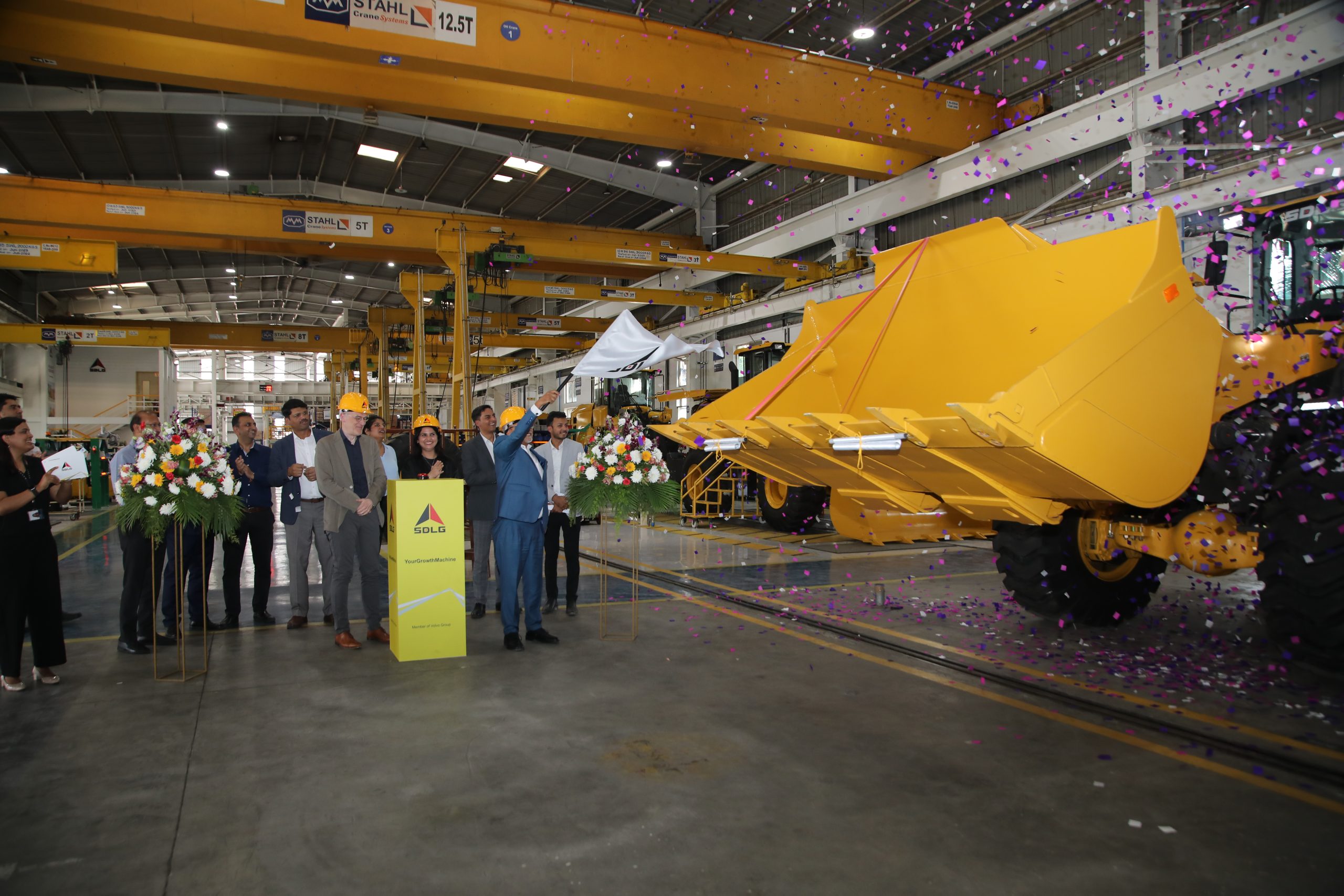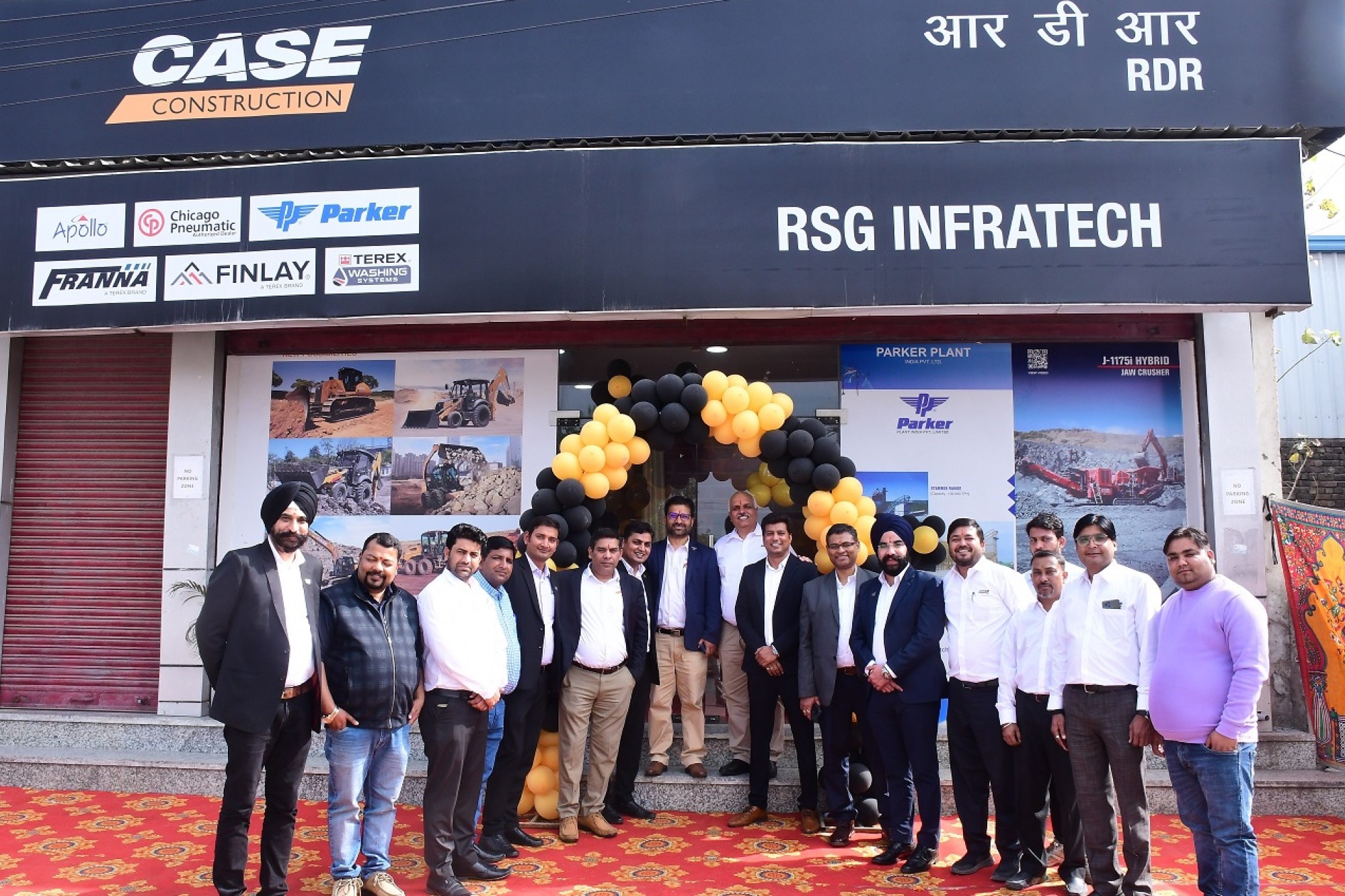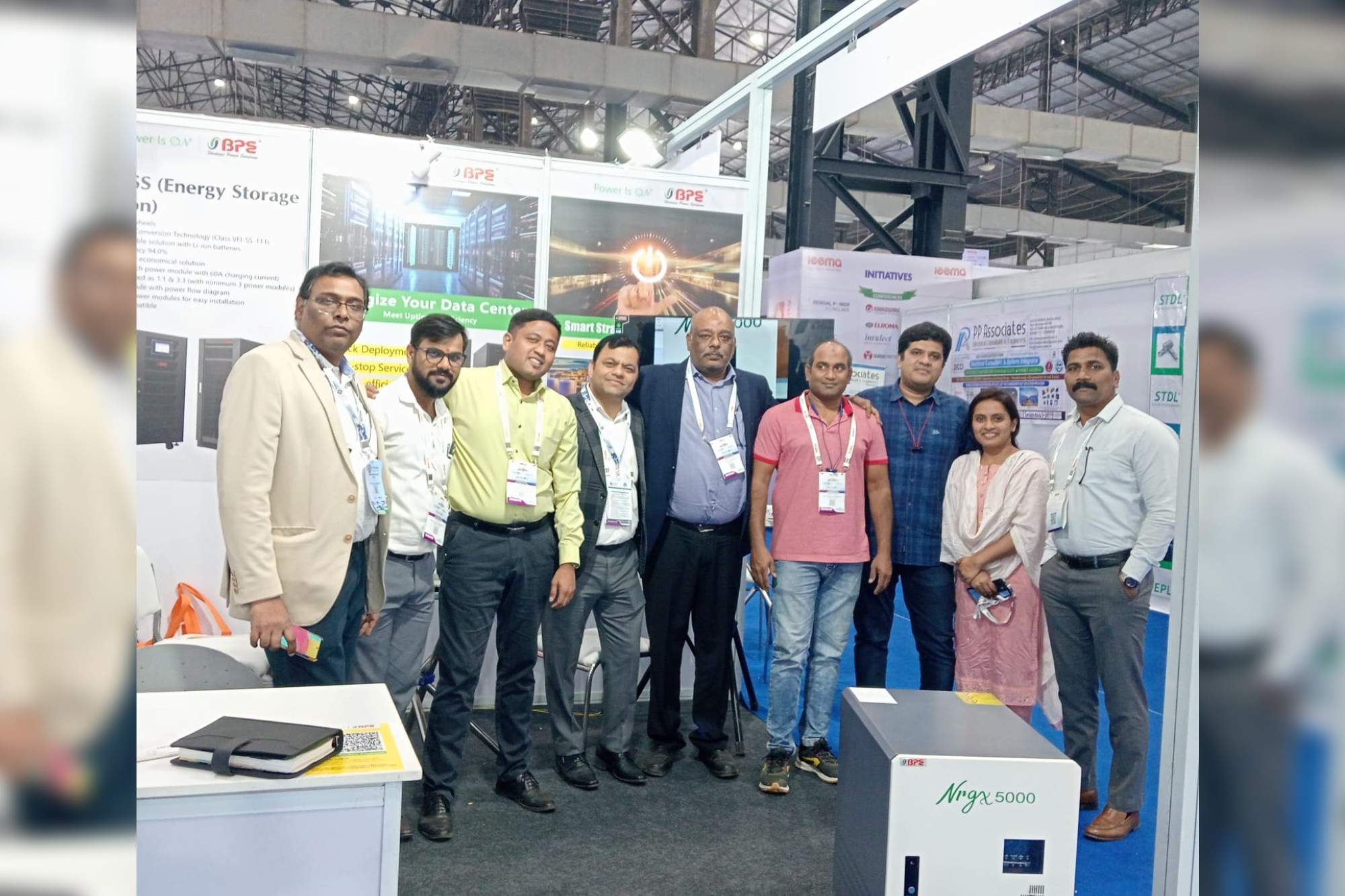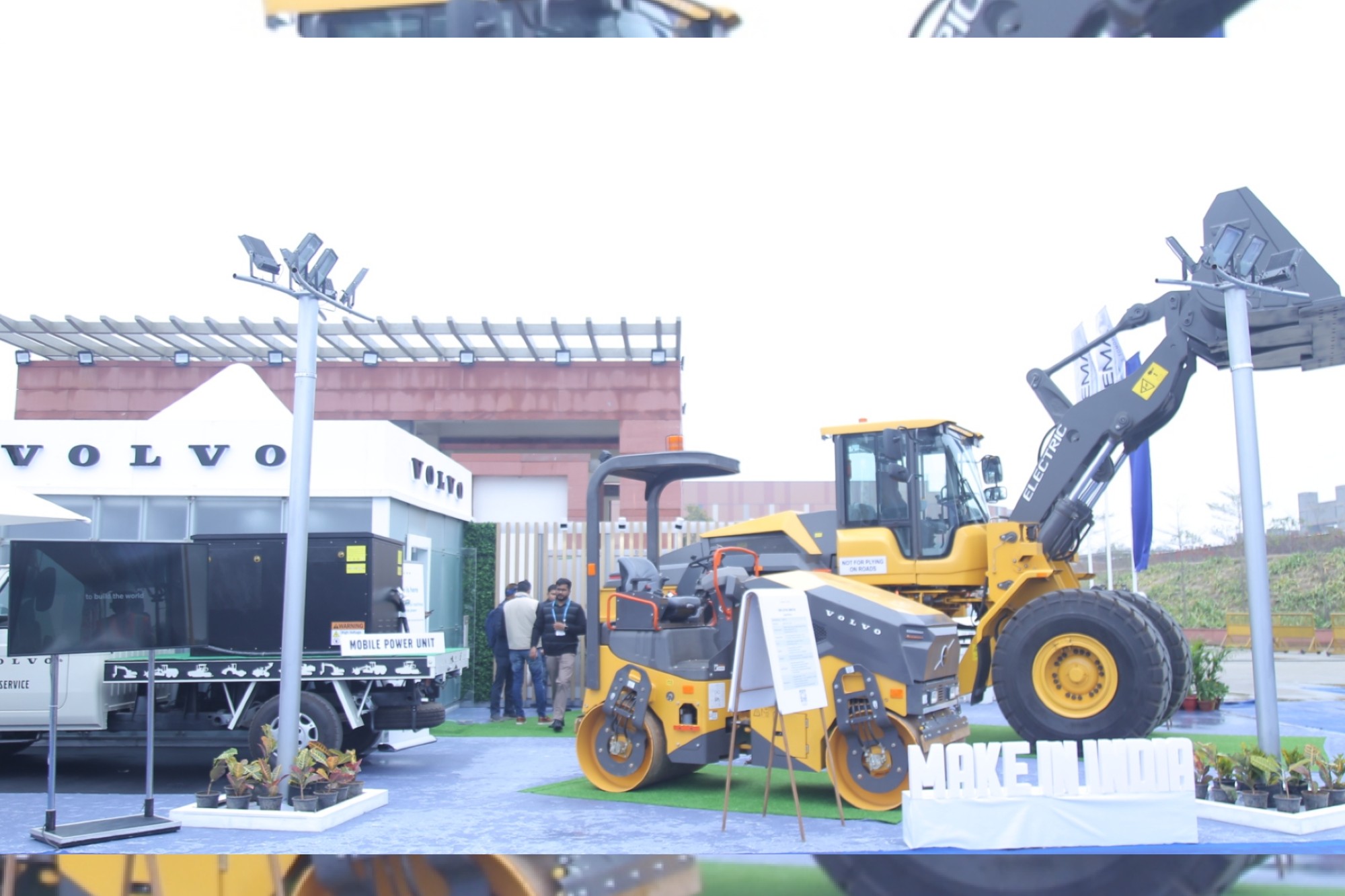2015 Innovations that change your World 2016
By Edit Team | January 30, 2016 6:32 am SHARE

An attempt to discuss the key revolutionary innovations in the field of construction
Advent of advanced methodologies is rapidly transforming the infrastructure project execution space. Here we will discuss on some breakthrough innovations that are taking the construction and infrastructure project sector to a whole new level.
Surveying
Survey of a probable project site is crucial and it becomes equally challenging in difficult terrain area. Leica Geosystems is setting a new standard in the industry by introducing a complete mobile mapping solution Leica Pegasus: Two. It uses a laser scanner (or several scanners) in combination with GNSS receivers, inertial measurement unit and a distance measurement instrument on a mobile platform (vehicle) to acquire accurate and precise spatial data. Pegasus: Two is capable of performing 360-degree corridor surveys at more than 50 miles per hour.
Today Drones are also finding their applications in construction site survey. Armed with advanced software and powerful digital camera, Drones can be used for site selection, surveying, and real-time job inspection. Tokyo-based construction equipment manufacturer Komatsu plans to use drones and driverless bulldozers for construction activities at job site in Japan.
3-D printed cement structure
A research team of University of California, Berkeley, has recently unveiled the first and claims to be the largest powder-based 3-D-printed cement structure built so far. The debut of this groundbreaking project is a demonstration of the architectural potential of 3-D printing.
The structure, Bloom, was 9 feet high with a footprint of 12 feet by 12 feet. It was composed of 840 customised blocks that were 3-D-printed using a new type of iron oxide-free Portland cement polymer formulation. The technology is a promising innovation for building construction.
Smart Highway
Smart Highway are interactive and sustainable roads of tomorrow conceptualised by designer Daan Roosegaarde and Heijmans Infrastructure. Its goal is to make smart roads by using light, energy and road signs that automatically adapt to the traffic environment and people.
New designs include ‘Glow-in-the-dark Lining’, ‘Dynamic Paint’, ‘Interactive Light’ and ‘Electric Priority Lane’.
Roads from plastic waste
Plastic waste is a major environmental and public health problem across the globe. Jamshedpur Utilities and Services Company (JUSCO), a Tata Enterprise, has undertaken an initiative to use plastic waste for road construction in Jamshedpur. The initiative, which started out as a pilot project, is now being replicated across the city and several kilometres of roads have been constructed using plastic waste.
Green roads
The Netherlands has laid world’s first road that generates solar electricity and can be driven over. The experimental bike path, opened in November 2014 in Krommenie – a village northwest of Amsterdam, is capable of generating 70-kWh electricity per square metre per year.
Sten de Wit, spokesman of SolaRoad said, “The bike road opened half a year ago and already generated over 3,000 kWh. This can provide a single-person household with electricity for a year, or power an electric scooter to drive of 2.5 times around the world.” SolaRoad was developed by TNO, the Province of Noord-Holland, Ooms Civiel and Imtech.
Safety truck
It’s a situation most drivers experience almost every day: Driving on a two-lane road, stuck behind a slow-moving truck, unable to overtake it due to its size, and cannot see what is happening in front of the truck.
Samsung has developed a solution that may make this problem a thing of the past. With a forward facing camera and rear-mounted television screens, the Samsung Safety Truck prototype allows drivers behind to see the road ahead and decide whether it’s safe to overtake.
The Safety Truck consists of a wireless camera attached to the front of the truck, which is connected to a video wall made out of four exterior monitors located on the back of the truck. The monitors give drivers behind the truck a view of what is going on ahead, even in the dark of night.
Concept Apps
Trimble introduced two concept apps running on the latest tablet platform of Google’s Project Tango program, an initiative to give mobile devices a humanscale understanding of space and motion. The Trimble concept applications, SketchUp Scan and Trimble Through The Wall, demonstrate potential new ways construction professionals could use their Google tablets for greater efficiency and insight on the job in the future.
Using depth sensors on the Tango device, Trimble’s SketchUp Scan enables users to quickly capture a room, apartment or entire floor in 3D and automatically create an editable model.
Trimble Through The Wall leverages the tracking capabilities of Tango devices to reveal what is located inside walls and other structures. Using data from CAD or 3D BIM software, it can display and overlay pipes, electrical wires and HVAC infrastructure on top of walls, at their correct location.
Digital measuring
Today, in construction and related activities, attention is given to detail and precise measurement because of problems caused by error, inaccuracy, and imprecision.
The Power Tools Division of the Bosch Group has introduced Laser Rangefinder which is ideal for accurate and quick measurement using laser technology.
The range of digital measuring tools include rotation lasers which enable precise levelling and quick alignment, the line lasers deliver precise results and can be used indoors and outdoors while the point lasers transfer precise right angles indoors.
In the successive articles, we will discuss on how innovative technologies are redefining project execution activities.
Cookie Consent
We use cookies to personalize your experience. By continuing to visit this website you agree to our Terms & Conditions, Privacy Policy and Cookie Policy.
























